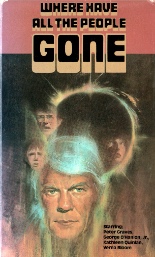
 You can put all of the so-called masters of horror in one room, give them a $50 million budget and they still couldn’t come up with anything as effectively unsettling and downright creepy as a 1970s TV movie-of-the-week made by any random journeyman hack.
You can put all of the so-called masters of horror in one room, give them a $50 million budget and they still couldn’t come up with anything as effectively unsettling and downright creepy as a 1970s TV movie-of-the-week made by any random journeyman hack.
An absolute perfect storm of high concepts and low budgets, cheap film stock and sparse locations, overemotive acting and rushed finales, 1974’s Where Have All the People Gone — not based on the Peter, Paul and Mary flowers song, sadly — stars the eternally cloud-crowned Peter Graves (Airplane!) as an exceedingly levelheaded father who finds himself and his two grown kids in the middle of the cheapest apocalypse ever.
While spelunking as part of a family vacation — yep, they are those types of white people — a massive solar flare blasts the earth, causing Styrofoam rocks to bounce all over scenic Southern California and, in a startling turn of events, unleashing some sort of nonsensical virus that transmogrifies living people into decidedly non-living piles of clothes and dust. (I guess that plot point saved them a few dollars on mannequin rentals.)
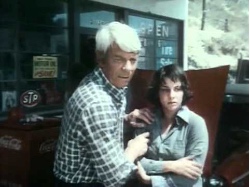 As Graves’ patriarch admirably keeps it together, the only mission impossible here is trying to keep his two grating adult kids (The Evil’s George O’Hanlon Jr. and Event Horizon’s Kathleen Quinlan) from constantly suffering histrionically emotional breakdowns every time they see something that reminds them of their mom back in Malibu. With seemingly no automobiles working, he and his crew fashion a horse-and-buggy apparatus, pick up a catatonic mom and an orphaned rascal named Billy, search for groceries and fight packs of wild dogs on their way to the ’Bu, with predictably dystopian ’70s made-for-TV movie results.
As Graves’ patriarch admirably keeps it together, the only mission impossible here is trying to keep his two grating adult kids (The Evil’s George O’Hanlon Jr. and Event Horizon’s Kathleen Quinlan) from constantly suffering histrionically emotional breakdowns every time they see something that reminds them of their mom back in Malibu. With seemingly no automobiles working, he and his crew fashion a horse-and-buggy apparatus, pick up a catatonic mom and an orphaned rascal named Billy, search for groceries and fight packs of wild dogs on their way to the ’Bu, with predictably dystopian ’70s made-for-TV movie results.
From Circus of Fear director John Llewellyn Moxey — who I am willing to bet wore an ascot during production — this no-budget speculative thriller is surprisingly effective, considering it is honestly just a camera following a group of actors on a hike for an hour and 10 minutes, stopping every once and while to relay some sort of flimsy scientific theories about what’s going on, the unnatural sunshine beating down and emphasizing the desolation decently enough.
Featuring an open ending where most things are cleared up by Quinlan voice-overing about what mysteries the future might hold, this, like nearly all ’70s made-for-TV movies, felt like a pilot for a show that was never meant to be — something that probably would have been Cormac McCarthy’s The Road with a wardrobe furnished by the good people at Sears. —Louis Fowler

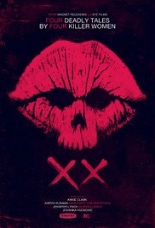
 Research suggests that more women enjoy horror movies than men, and while I have yet to encounter supporting evidence in my life, the construct of
Research suggests that more women enjoy horror movies than men, and while I have yet to encounter supporting evidence in my life, the construct of 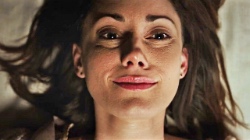
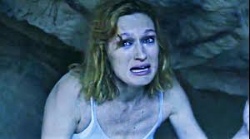
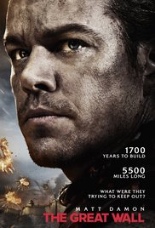
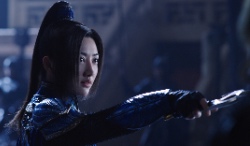
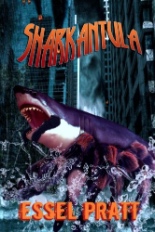
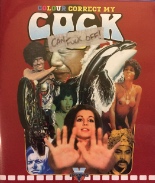
 Those “kings of Canadian grind house trash” are at it again in
Those “kings of Canadian grind house trash” are at it again in  But mostly, as with the original Colour Correct collection, movie trailers are the menu item du jour. Whether consciously or not, sequels are well-represented, with
But mostly, as with the original Colour Correct collection, movie trailers are the menu item du jour. Whether consciously or not, sequels are well-represented, with